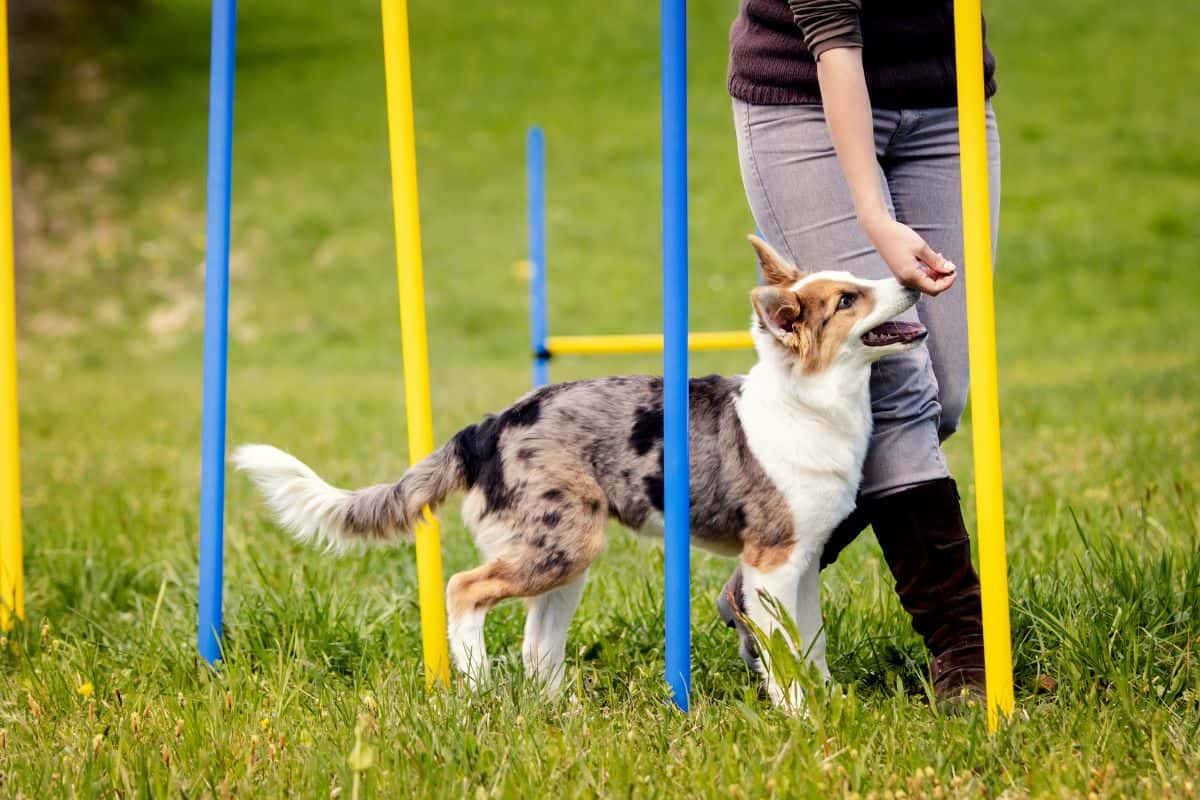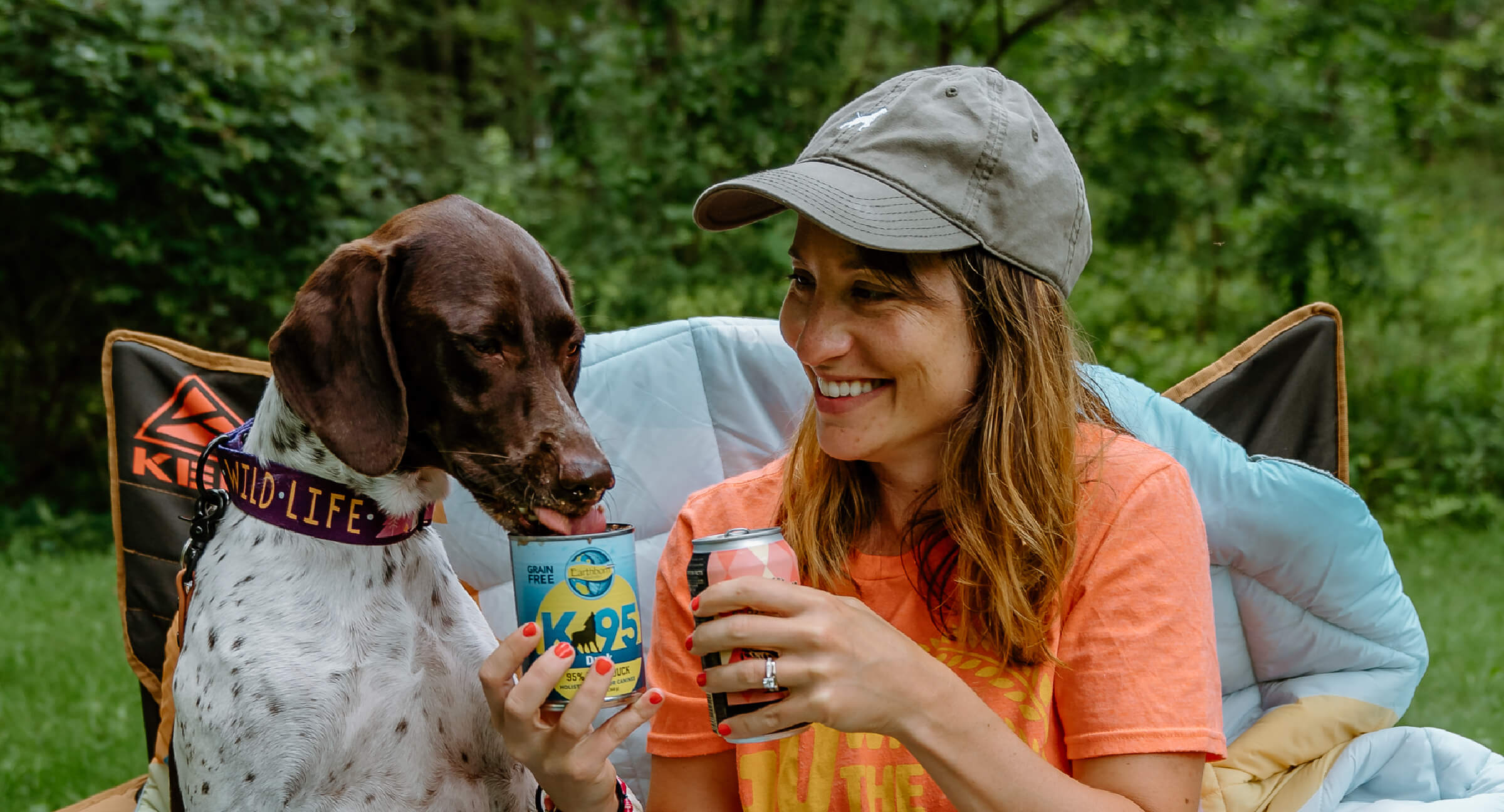How to Choose the Right Approach for Effective Dog Training
Wiki Article
Vital Tips for Successful Dog Training: An Overview for Pet Owners
Efficient canine training is a multifaceted procedure that calls for a strategic technique tailored to both the pet's personality and the owner's objectives. Recognizing exactly how to browse these challenges can substantially improve the training experience, ultimately changing the relationship in between owner and dog.Understanding Canine Habits
Comprehending pet dog habits is necessary for efficient training and cultivating a harmonious partnership between canines and their owners. Canines connect mainly via body movement, vocalizations, and activities, making it essential for proprietors to interpret these signals precisely. Acknowledging a pet dog's posture, tail position, and ear orientation can give insights right into its emotion. A wagging tail does not always suggest happiness; it can additionally signal excitement or anxiety.
Socializing plays a significant duty in dog actions; direct exposure to various environments, people, and various other animals can significantly influence a pet's character. Furthermore, aspects such as type features and private temperament ought to direct training methods, as some breeds may have details behavioral attributes that require tailored methods. By comprehending these elements, owners can create an encouraging environment that encourages favorable actions, leading to successful training end results and a deeper bond with their pet dogs.
Developing Regular Commands
Reliable interaction with your pet starts with establishing constant commands. This foundational component of training is essential for cultivating understanding between you and your family pet. Consistency in the commands you utilize makes certain that your dog can dependably connect specific words or phrases with the preferred actions.When picking commands, choose clear, unique words that are simple to separate and claim from one an additional. Prevent making use of similar-sounding commands that might perplex your canine. Using "rest" and "remain" is proper, yet "sit" and "hit" might lead to misconceptions.
In addition, preserve the same tone and quantity for each and every command. Dogs are delicate to vocal hints, so differing your tone can develop complication.
It is similarly essential to guarantee that all member of the family are on the same page pertaining to the commands made use of. A united front in command usage will protect against combined signals and strengthen the discovering process.
Positive Support Methods
The power of positive reinforcement in dog training lies in its capability to motivate preferred habits with benefits and praise. This strategy is based in the principle that habits adhered to by positive end results are most likely to be duplicated. By incorporating favorable support into your training routine, you can successfully shape your pet dog's habits in a constructive way.To implement favorable reinforcement, it's important to identify what encourages your canine, whether it be deals with, toys, or spoken praise. When your dog carries out a wanted action, such as remaining on command, instantly compensate them with a treat or love. This organization between the command and the favorable result reinforces their understanding.
It's essential to timing the incentives correctly; delivering the support within seconds of the preferred actions helps your canine make the link (dog training). Furthermore, uniformity is key-- make sure that all household members make use of the exact same commands and benefit systems to stay clear of confusion

Gradually, you can decrease the regularity of deals with as your pet learns the habits, transitioning to commend or intermittent rewards. This technique not just promotes a strong bond in between you and your pet yet additionally promotes a positive discovering setting, making educating a satisfying experience for both.
Socialization and Interaction
Regularly subjecting your pet dog to a range of settings, individuals, and other animals is essential for their social advancement. Socialization ought to start early, ideally throughout the essential home window of 3 to 14 weeks, when pups are most receptive to brand-new experiences. Nonetheless, older pets can additionally gain from recurring socializing initiatives.Introduce your canine to different settings, such as parks, pet-friendly shops, and city locations. This exposure helps them adapt to various stimulations, lowering anxiety and worry reactions. Encourage favorable communications with various other pets and people, guaranteeing that these encounters are regulated and secure to promote confidence.
Utilize organized playdates with well-mannered pets, as this can enhance your dog's social abilities and teach them ideal habits. Obedience classes and training sessions additionally provide superb opportunities for socialization, permitting your pet dog to interact with others in a monitored environment.
Screen your pet's body language throughout review interactions, as this will certainly help you assess their convenience level. Progressively increase direct exposure to more difficult circumstances while ensuring that each experience declares. A well-socialized dog is more probable to exhibit well balanced habits, making them a joy to have in any type of setup.
Addressing Typical Training Difficulties
Every dog owner will certainly encounter training challenges at some factor, regardless of their pet's age or socialization level. Recognizing usual issues such as stubbornness, diversions, and fearfulness can assist in creating reliable techniques for enhancement.
Gradually introduce interruptions as the canine becomes more efficient in commands. Short, constant training sessions are additionally reliable in preserving interest.
Fearfulness can hinder a pet's discovering process. Progressive desensitization to the source of fear, coupled with positive reinforcement, can help reduce anxiety. Perseverance is vital; never require a pet dog into a situation that creates distress, as this may exacerbate the problem.
Inevitably, understanding and attending to these common obstacles with a structured approach will certainly cultivate an extra efficient training experience, strengthening the bond in between canine and proprietor while promoting effective discover this knowing.
Conclusion
In recap, successful pet dog training depends on a detailed understanding of canine behavior, the facility of consistent commands, and the application of favorable reinforcement strategies. Socialization plays an essential duty in developing well-adjusted pet dogs, while dealing with usual training challenges needs patience and flexibility. By implementing these crucial techniques, pet dog owners can cultivate a strong bond with their pets and promote desirable actions, ultimately bring about an unified partnership between human beings and their canine buddies.Recognizing canine behavior is essential for efficient training and cultivating an unified relationship between dogs and their owners.Socializing plays a substantial role in canine behavior; direct exposure to different environments, people, and other pets can considerably affect a pet's temperament.The power of positive reinforcement in pet dog training exists in its ability to motivate preferred actions via rewards and praise. By incorporating favorable reinforcement into your training regimen, you can efficiently shape your dog's behavior in a constructive manner.
In summary, successful dog training counts on a comprehensive understanding of canine actions, the facility of regular commands, and the application of positive support strategies.
Report this wiki page